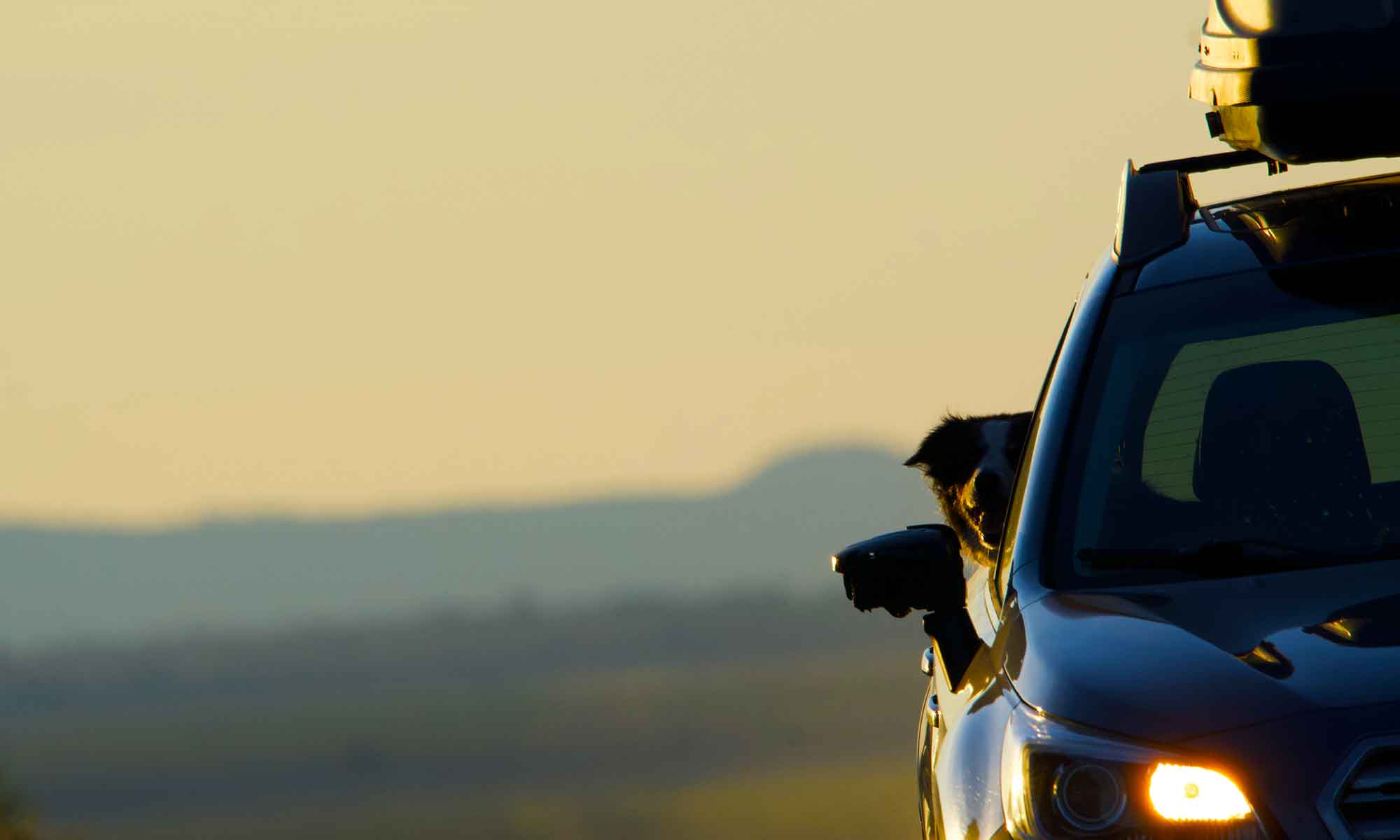
More than half of the 650 species of birds in North America migrate. The westernmost edge of North America is the Pacific Flyway and includes coastal plains, the valleys on the west side of the cascade range, and also marsh and wetlands in Central Oregon.

Summer Lake Wildlife Refuge is one of three major stopping points along the Pacific Flyway and happens to be an hour’s drive from our house. The marshes on the north end of the Summer Lake Valley are an excellent spot for birding.
Binoculars, the extra long camera lens and of course “Shirley Birds West” … a favorite guide book … are primary tools in our bird watching. However, recently we discovered a couple of online tools that are invaluable.


Bring up BirdCast on your browser and you’ll get an animated map of current bird migrations. There are also some interesting forecasting tools here as well. But the best tools come out of Cornel University. It’s eBird web page is packed with helpful goodies.
There are species specific maps that show monthly migration patterns. Which will help predict when the Evening Grosbeaks will be showing up at the feeder.
We used this as an identification aid when trying to figure out which species of swan was sitting on the water at Summer Lake.

It’s spring so naturally we are making somewhat regular trips to the Summer Lake Wildlife Refuge. This week we were greeted with hundreds of swans. The question is Trumpeter or Tundra … it’s not an easy ID … we think they were Tundra.

The Cornell site also has an application where you can set up an account and track of what birds you’ve seen, get a list of the types of birds most likely to be in a specific area and find out what other birders are seeing.
There is also a mobile app that turns your smart phone into a bird identification tool and even plays song/call recordings.



















 We make regular excursions to the lake, usually to catch a glimpse of the swans and numerous variety of birds.
We make regular excursions to the lake, usually to catch a glimpse of the swans and numerous variety of birds.
 One sunny afternoon last week we headed over to the Nature Center at Sunriver Resort.
One sunny afternoon last week we headed over to the Nature Center at Sunriver Resort.








 In Central Oregon Fall seems to have gotten skipped over and we’ve moved directly to winter or at least the cold part. That said we took off for Summer Lake this morning hoping to catch some migrating waterfowl.
In Central Oregon Fall seems to have gotten skipped over and we’ve moved directly to winter or at least the cold part. That said we took off for Summer Lake this morning hoping to catch some migrating waterfowl. The weather was overcast with temperatures just above freezing as we drove south Fremont highway (US 31) past Fort Rock on to the high desert.
The weather was overcast with temperatures just above freezing as we drove south Fremont highway (US 31) past Fort Rock on to the high desert.


 The reserve at summer lake was packed with pre-wildfowl season RV’s, no people just their trailers.
The reserve at summer lake was packed with pre-wildfowl season RV’s, no people just their trailers.

